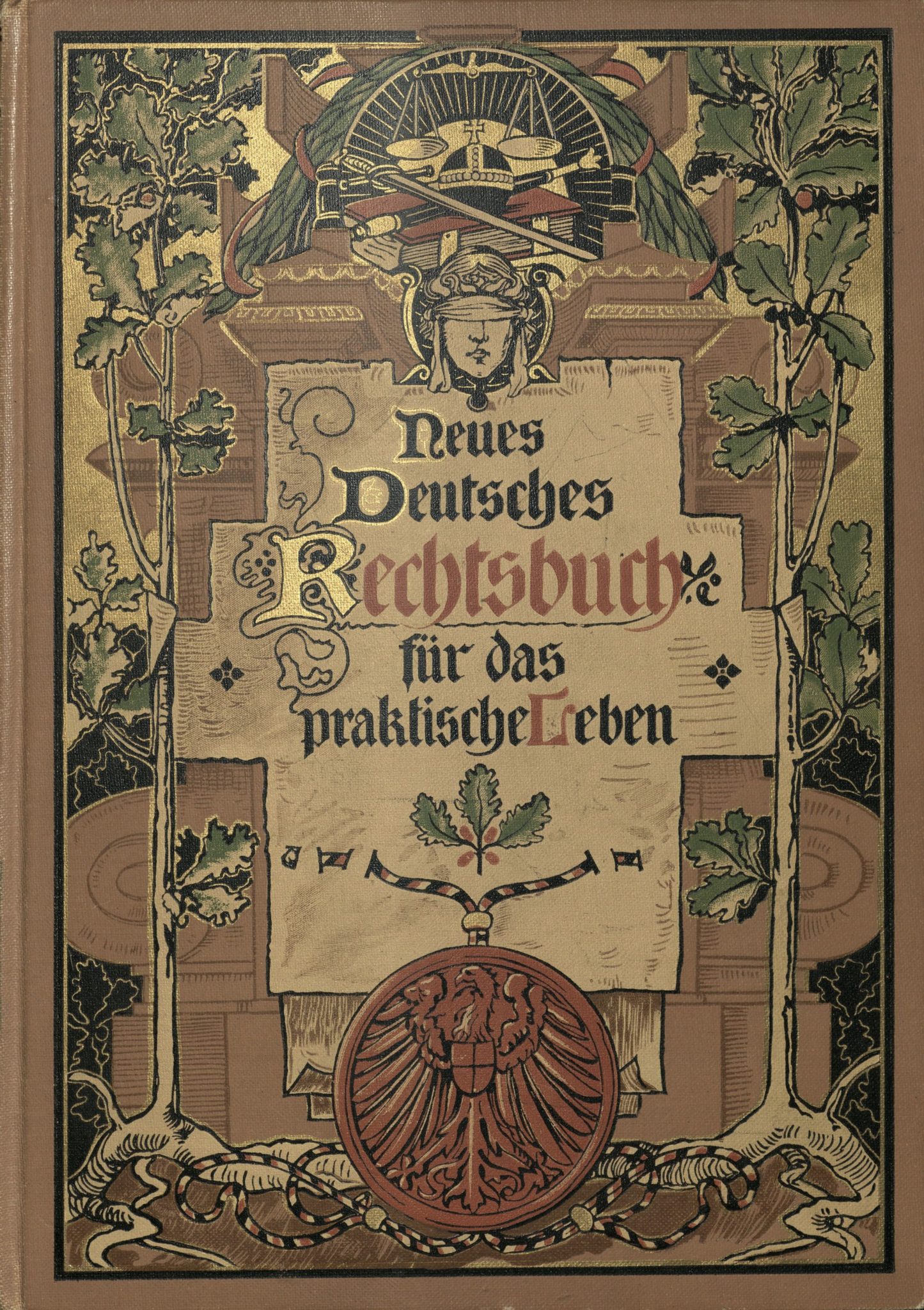
The Lillian Goldman Law Library will host “Legally Binding: Fine and Historic Bindings from the Yale Library,” an exhibit featuring over 30 law books with especially historical or aesthetic binding from the library’s collection, until May 30.
The Rare Book Exhibition Gallery at the Lillian Goldman Law Library holds more than 50,000 volumes on Roman and church law, Italian statutes and early legal manuscripts. Michael Widener, the Law Library’s rare book librarian, and Michael Laird — owner of Michael Laird Rare Books in Lockhart, Texas — curated the exhibit, which launched on Feb. 4. Laird is an expert on historical bookbinding. Widener, who has served as rare book librarian since 2006, has worked on many Law Library exhibitions, which have examined law books as physical artifacts and explored the relationship between form and content.
The exhibit features a diverse array of books — covering periods from the Middle Ages to the 19th century and focusing on geographic regions from China to England. All of the books in the exhibit belong to the Yale Law Library.
“The binding tells a story about the text and who owned them, their attitude toward the text, how they were used,” Widener said. “All of that is part of the story of a text.”
While Widener chose many of the bindings for their “beauty,” many of them also reveal important information about the book’s owner. For example, Widener said, there is a binding at the exhibit which is dated to 1620 and is attached to a chain. He said that this indicates that the book belonged to an English public library that did not grant borrowing privileges to its readers.
Widener said he feels that the exhibit speaks to the enduring relevance of physical books.
“Having digitized texts has been enormously helpful, but there’s a lot of things they can’t do,” Widener said. “They don’t distinguish between individual copies and are not very good at indicating things like size.”
Widener also mentioned that many modern books are not available online because of copyright laws. As a result, the Law School Library purchases the physical copies in their mission to “build a rich collection for resource and for learning.”
He added that he believes that despite their busy schedule, law students will still be able to take the time to appreciate the exhibit.
“There’s a specialized group of people who collect rare books, but we have also had a lot of compliments from law students — beauty transcends things,” Widener said. “You don’t have to know the history of book binding in order to say what a pretty piece of work [it is].”
There are also several pieces in the exhibit that have to do with student life. One of them is an 1836 Dutch “prize binding” that graces a book awarded for exceptional academics. Another piece, featuring a scaleboard — a thin section of wood used for binding — accompanies a copy of “The Constitution of the States of Massachusetts and that of the United States” belonging to three Boston schoolboys in 1805.
In the fall, Widener plans to collaborate with other libraries in collecting the manuscripts and records of the trial of Queen Caroline, a consort of British King George IV, who was put on trial for adultery. After that, the Law Library will display a collection of law books with especially notable annotations and marginalia.
The exhibition is available to see both in person at the Law School or through its online Flickr album, and it has been received favorably by Yale Law students and undergraduates alike.
“Having such a fascinating and illuminating exhibition at Yale symbolizes our commitment as an institution to the preservation of books and attention to intellectual detail,” Jonathan Kovac ’19 said.
Patrick Feeley ’22 felt that the exhibition was “intricate and transcendental” and created a “sense of optimism” for the future of the physical book.
The exhibition is open to the general public from 10 a.m. to 6 p.m. daily.
Samuel Turner | samuel.turner@yale.edu







